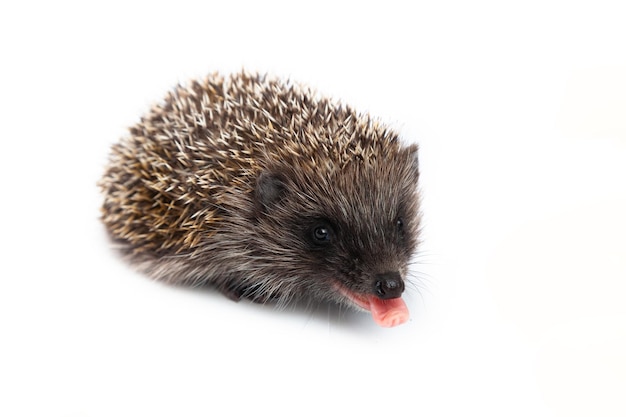European Hedgehog (Erinaceus europaeus) – Free Stock Photo for Download
European Hedgehog: A Closer Look
The European hedgehog, scientifically known as Erinaceus europaeus, is a charming creature often found in gardens, woodlands, and parks across Europe. Also known as the West European hedgehog or the common hedgehog, this small mammal has captured the affection of many due to its distinctive appearance and unique behaviors.
Physical Characteristics
The European hedgehog is easily recognizable thanks to its spiny coat, which acts as a defense mechanism against predators. Here are some key features of this adorable animal:
- Size: Typically, hedgehogs grow to about 22 to 30 cm in length.
- Weight: Adult hedgehogs generally weigh between 1 to 2 kg.
- Spines: Over 5,000 spines cover their backs, providing protection from threats.
- Color: Their spines are usually brown or grey, while their underbelly is softer and paler in color.
Habitat and Behavior
European hedgehogs prefer habitats that offer plenty of cover and food sources. They thrive in:
- Gardens: Where they can find insects and small invertebrates.
- Woodlands: Ideal for nesting and hiding from predators.
- Parks: Safe spaces that provide shelter and foraging opportunities.
These nocturnal animals are known for their curious nature and can often be seen foraging at night. They are solitary creatures, typically coming together only during mating season.
Diet of the European Hedgehog
The diet of the European hedgehog consists mainly of:
- Insects: Beetles, caterpillars, and slugs are favorites.
- Fruits: Hedgerow berries and fallen fruits.
- Small Vertebrates: Occasionally, they may eat small birds or rodents.
Hedgehogs play a vital role in maintaining the balance of insect populations in their habitats, contributing to the ecosystem's health.
Conservation Status
With changing landscapes and urbanization, the population of European hedgehogs is experiencing decline in some areas. Efforts to create hedgehog-friendly spaces include:
- Avoiding pesticides: Reducing chemical usage helps protect the hedgehog's food supply.
- Creating hedgehog highways: Allowing safe passage through fences can help their movement.
- Building shelters: Providing safe spots can aid in their survival.
Conclusion
The European hedgehog is not just a cute face in the garden; it's an important part of our natural world. By understanding their needs and behaviors, we can better support these delightful creatures and ensure their future in our landscapes.












